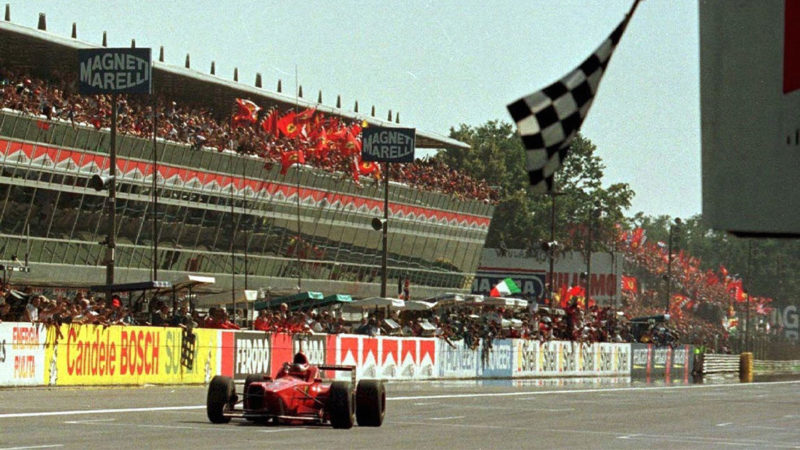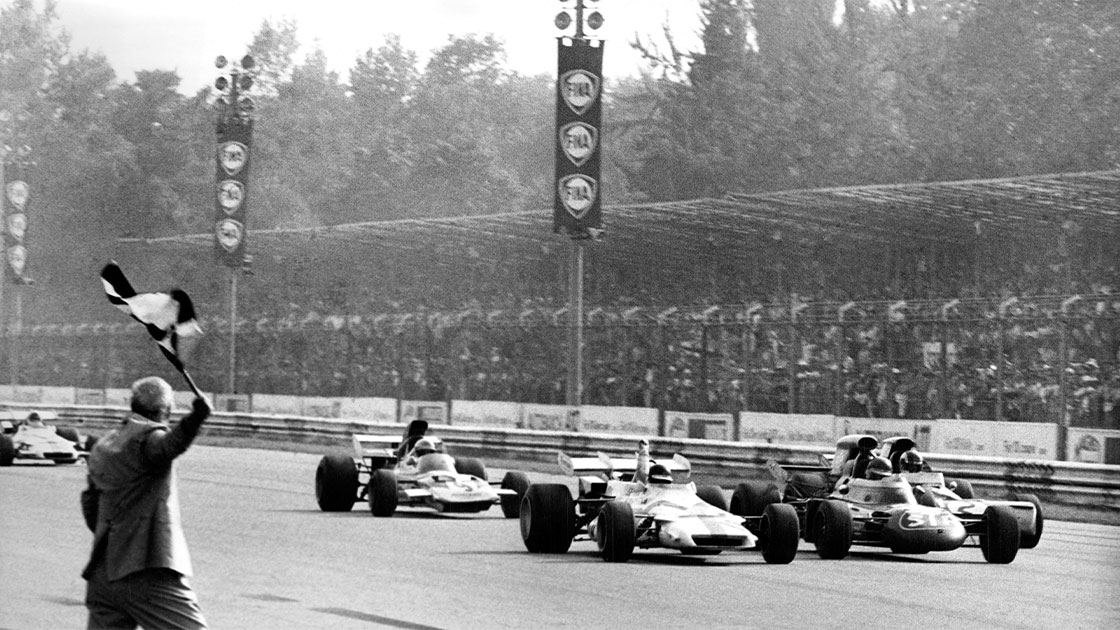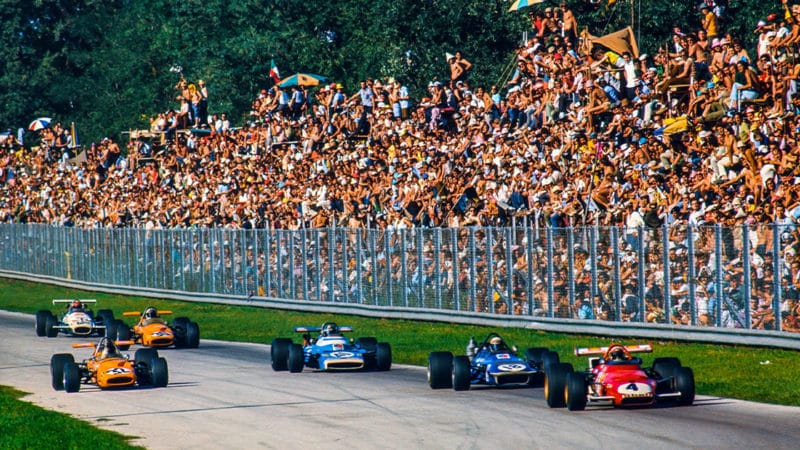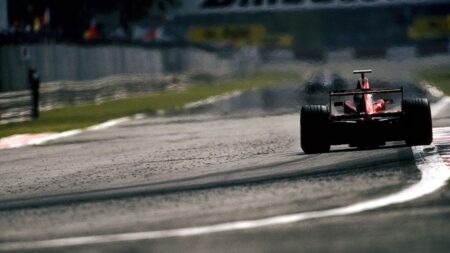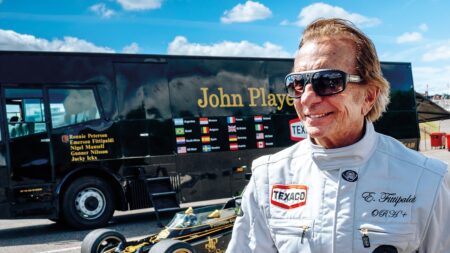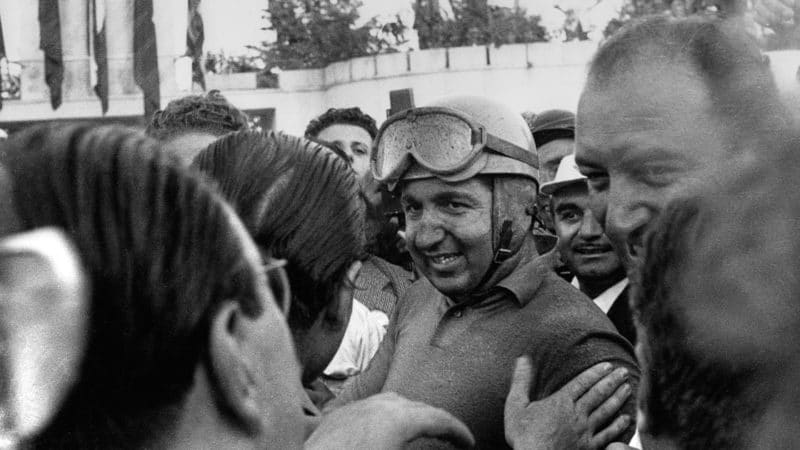The old Nürburgring and Spa-Francorchamps are the examples usually proffered as catalysts for change yet Monza had emphasised its need most – and highlighted the puzzling long lack of pressing for it.
In 1928, Emilio Materassi’s Talbot flew over a ‘safety’ ditch, killing its driver and more than 20 others. Thirty-three years later, Wolfgang von Trips’ Ferrari climbed a ‘safety’ banking, killing its driver and 15 others.
Drivers – ‘Fritz’ Kuhn (during practice for Monza’s inaugural Grand Prix), Ugo Sivocci, Louis Zborowski, Luigi Arcangeli and (on the same dark day in 1933) Giuseppe Campari, ‘Baconin’ Borzacchini and Count Stanislas Czaikowski – accepted the risks and paid the ultimate price.
Spectators should not and could not any longer be expected to live and die under the same sketchy ‘guidelines’.
Danger, of course, can never be entirely ruled out – the Monza pile-up that led to the death of Ronnie Peterson (an eventual three-times winner of the Italian GP) in 1978, and the loosed wheel that claimed volunteer fire marshal Paolo Gislimberti in 2000 – but motor racing’s toll has been reduced drastically in recent times.
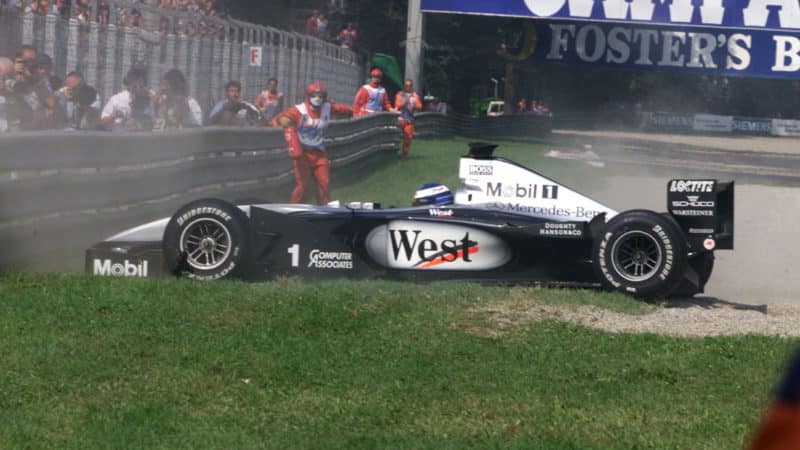
Häkkinen spins out of Monza ’99
DPPI
If this isn’t reading as a celebration of Monza, it’s because these two imposters, though they can and should be treated differently, cannot be divorced.
The shiver as one walks through the gates at Monza is triggered by all of its history: Bernd Rosemeyer and Tazio Nuvolari winning in Auto Unions; Mika Häkkinen’s crouching and crying in the woods after crashing out in 1999; and the surging sea of red as Michael Schumacher stepped atop the podium in 2006 in the knowledge that he would be leaving Ferrari at the season’s end.
